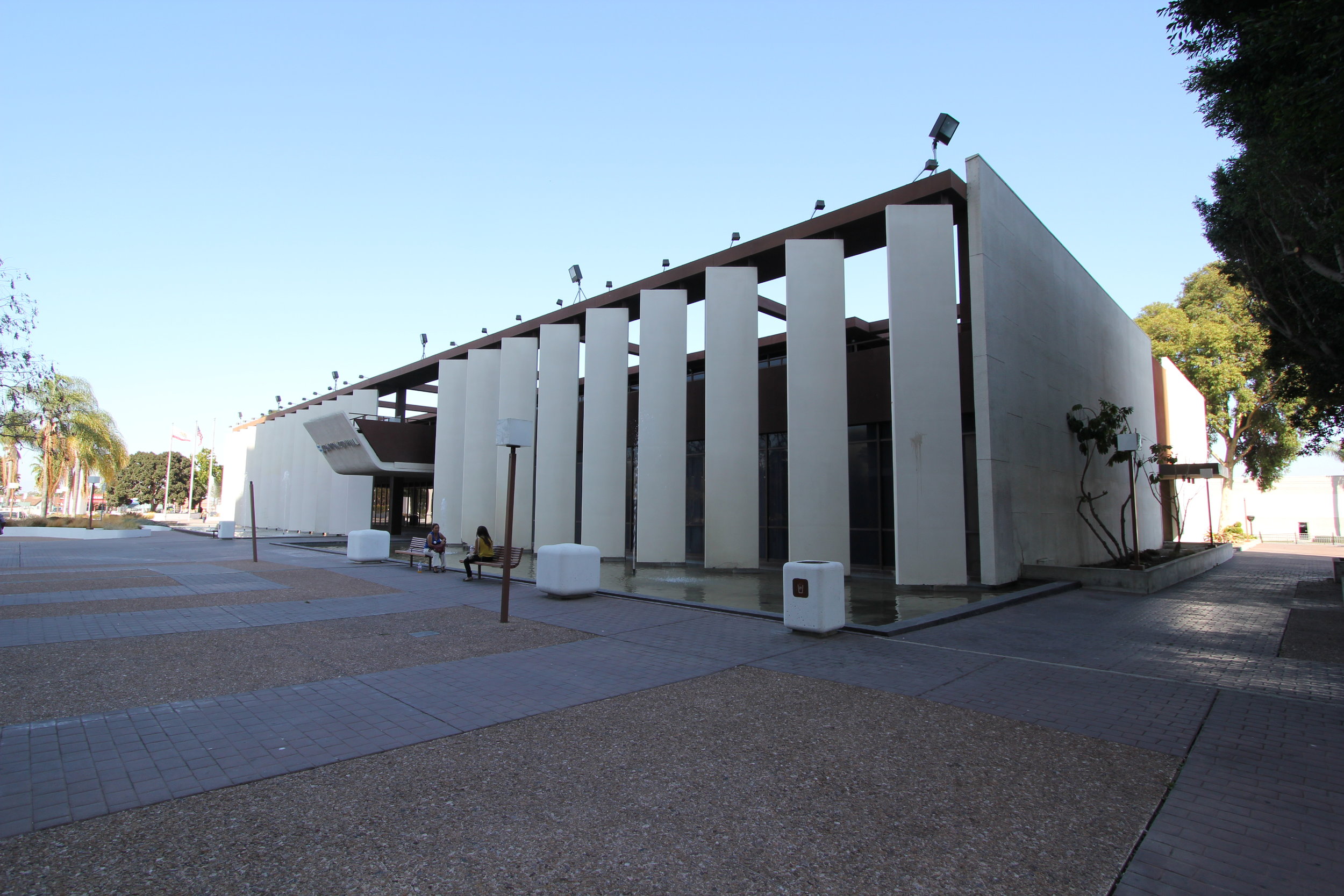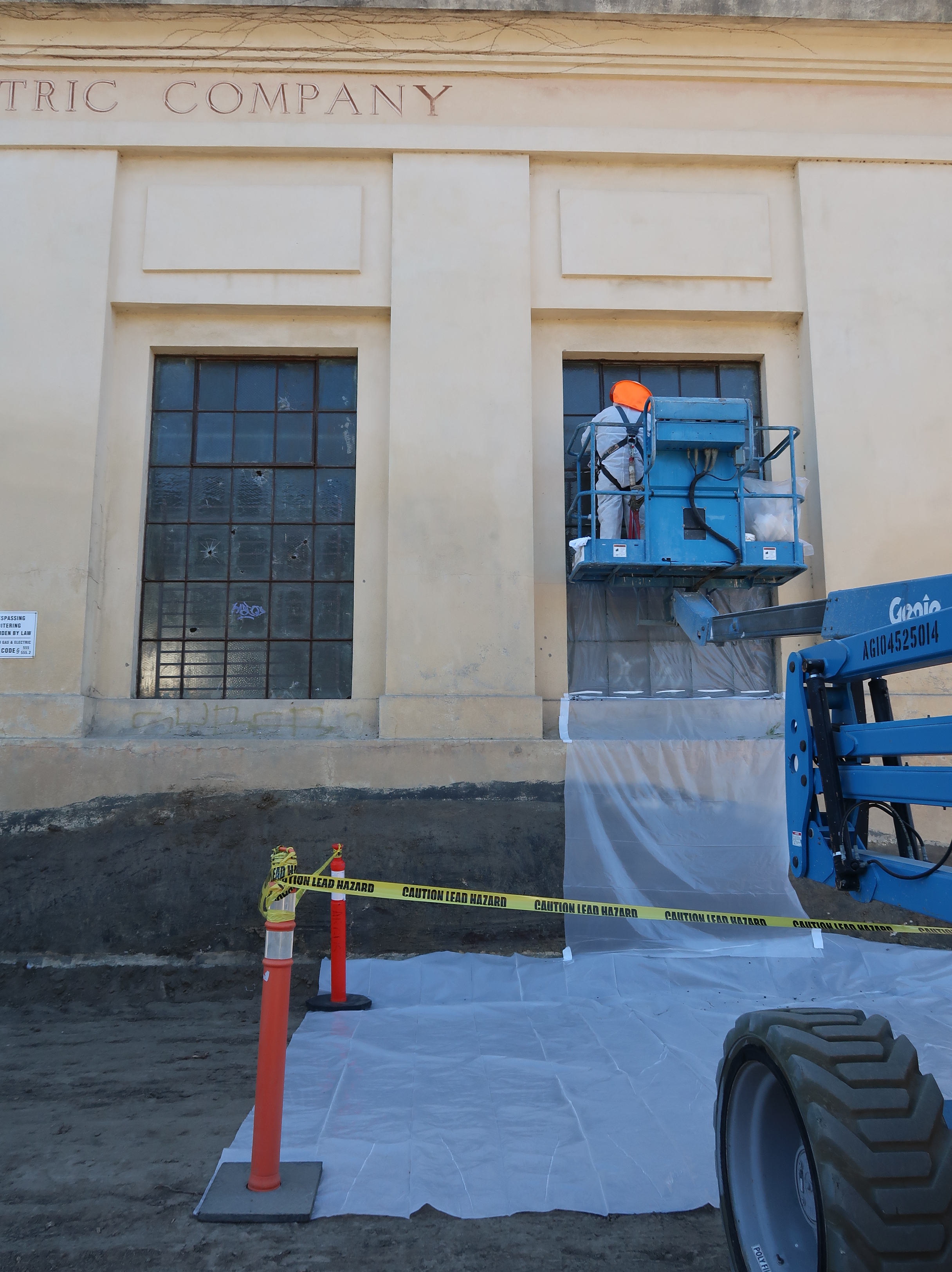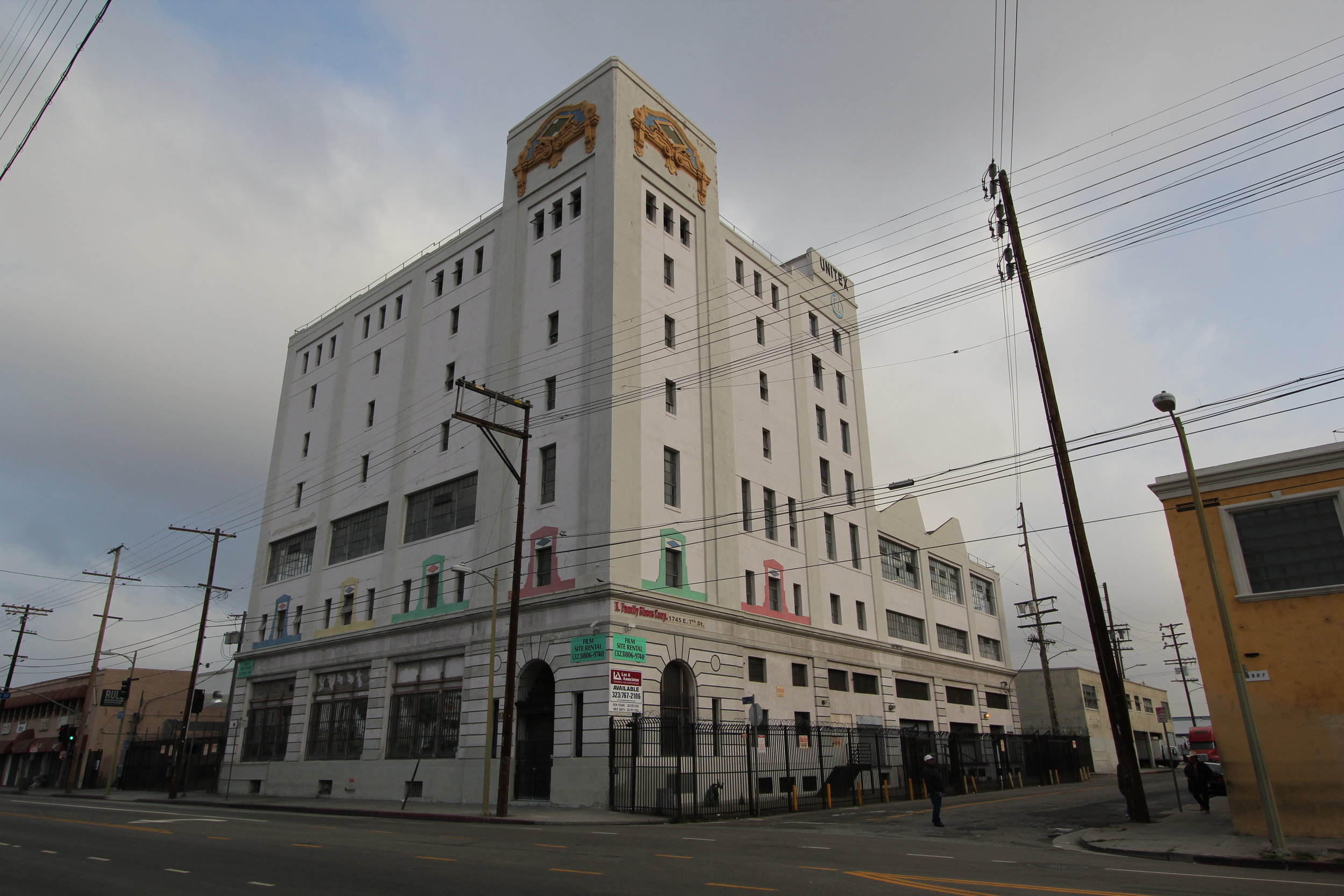Environmental Review
Compton City Hall
cOMPTON, cALIFORNIA
In 2009, the City of Compton received a grant from the U.S. Department of Energy to replace windows at City Hall to improve energy efficiency. Chattel first conducted a site visit and research, then recommended that the was building eligible for listing on the National Register and helped the City navigate the Section 106 review process. Chattel advised the glazing replacement contractor, and consulted with the U.S. Department of Energy and California Office of Historic Preservation. The work was approved and completed on a tight time frame by the end of 2012.
san juan capistrano substation
San Juan Capistrano, California
The Classical Revival style substation was constructed by Southern California Edison in 1918 and later sold to San Diego Gas & Electric (SDG&E) in 1928. The building was a T-shaped, reinforced concrete substation that housed a “frequency-converter” that helped convert and distribute electricity to customers throughout southern Orange County.
California Walnut Growers association building
Los Angeles, California
The 1921 California Walnut Growers Association (CWGA) building at 1745 E. 7th Street in downtown Los Angeles was rehabilitated for use as loft apartments. Chattel prepared a Historic Resource Assessment in 2012 that found the CWGA building eligible as a historical resource due to its association with the cooperative growers association during the height of the walnut industry in southern California from 1921-1957. While the building was not identified for its design by noted Los Angeles architect Albert C. Martin, it clearly reflected the specialty use with offices on the lower two floors, large daylight factory windows and sawtooth skylights on third floor where walnuts were packed, and smaller slit windows on the upper floors where packed walnuts were stored.
Sears Mail order building
boyle heights, Los Angeles, California
Constructed in 1927, the Sears, Roebuck & Company Mail Order Building was the largest mail order warehouse serving the western United States. It was designated a City of Los Angeles Historic-Cultural Monument in 2004; was listed in the National Register in 2005 and amended to include the 1964 addition in 2015; and, is subject to a Mills Act Historical Property Contract. The property has a conditionally approved Part 2 Historic Preservation Certification Application.
















